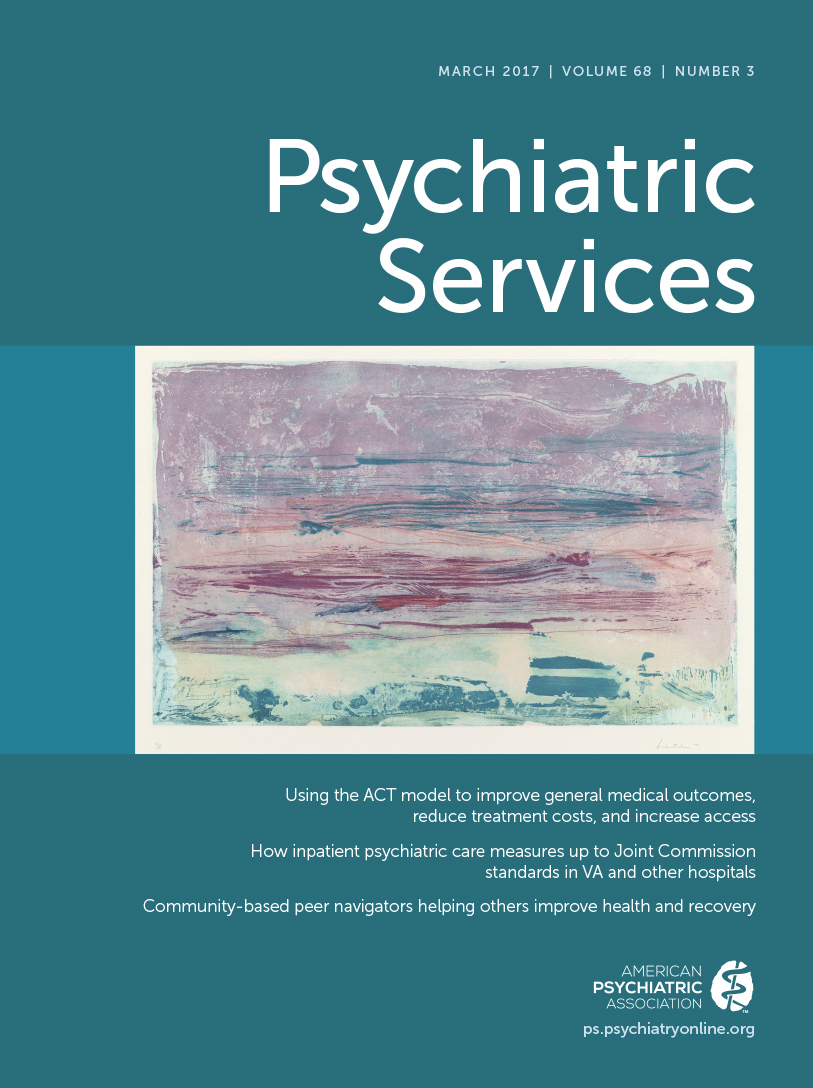Alternatives to the Emergency Department
TO THE EDITOR: Marvin S. Swartz’s Taking Issue column on emergency department (ED) boarding, published in the November issue, goes to the heart of the psychiatric bed shortage issue in the United States: clinicians, family members, mental health advocates, and officials in various public systems lament not having “enough” psychiatric beds, but what is enough (1)?
Neither the U.S. government nor any state has developed evidence-based ranges for adequate bed supply. The Treatment Advocacy Center in 2008 published a target of 40 to 60 beds per 100,000 people that is widely cited. To develop the target, estimates were solicited “from 15 experts on psychiatric care in the United States, [including] individuals who have run private and state psychiatric hospitals, county mental health programs, and experts on serious psychiatric disorders.” Respondents were asked to estimate the number of beds needed to adequately serve civil and forensic adult patients and children. A range of 40–60 public psychiatric beds per 100,000 people emerged, with a consensus around 50 beds per 100,000 (2).
La and colleagues’ use of ED waiting times as a tool for modeling bed need offers a mathematically based and welcome alternative to the aforementioned metric (3). Using this “practical metric” to project bed targets eliminates the subjectivity of individual perception as well as the complexity and confounders that have rendered other yardsticks (such as the prevalence of mental illness in jail and prison populations) imprecise and intractably controversial. Computer models have the capacity to calculate, project, and compare the effects of other mental health system components on bed demand. How do access to assertive community treatment services, assisted outpatient treatment, jail diversion, supportive housing, and other measures influence how many beds are needed? Computer modeling can project impacts.
With 91% of emergency physicians in 2016 reporting that their EDs were boarding psychiatric patients (4), ED bed waits are indeed Swartz’s “canary in the coal mine.” And the canary has a mate: bed waits in jails. The forensic equivalent of boarding in EDs is nearly as universal but lasts far longer and takes place behind bars, an even less therapeutic setting (5).
The calculus of psychiatric bed need includes clinical, economic, political, ideological, and other factors that do not lend themselves to computer modeling. However, with untreated patients backing up in EDs and jails and with lawmakers increasingly demanding evidence for the viability and effectiveness of new policies and projects, putting empirical tools to work on the equation is sensible and humane.
1 : Emergency room boarding: nowhere else to go . Psychiatric Services 67 : 1163 , 2016 Link, Google Scholar
2 Psychiatric Bed Supply Need per Capita. Arlington, VA, Treatment Advocacy Center, 2016. http://www.treatmentadvocacycenter.org/storage/documents/backgrounders/bed-supply-need-per-capita.pdf Google Scholar
3 : Increasing access to state psychiatric hospital beds: exploring supply-side solutions . Psychiatric Services 67 : 523 – 528 , 2016 Link, Google Scholar
4 Physician Poll on Psychiatric Emergencies. Irving, TX, American College of Emergency Physicians, 2016 Google Scholar
5 Fuller DA, Sinclair E, Geller J, et al: Going, Going, Gone: Trends and Consequences of Eliminating State Psychiatric Beds, 2016. Arlington, VA, Treatment Advocacy Center, 2016 Google Scholar



